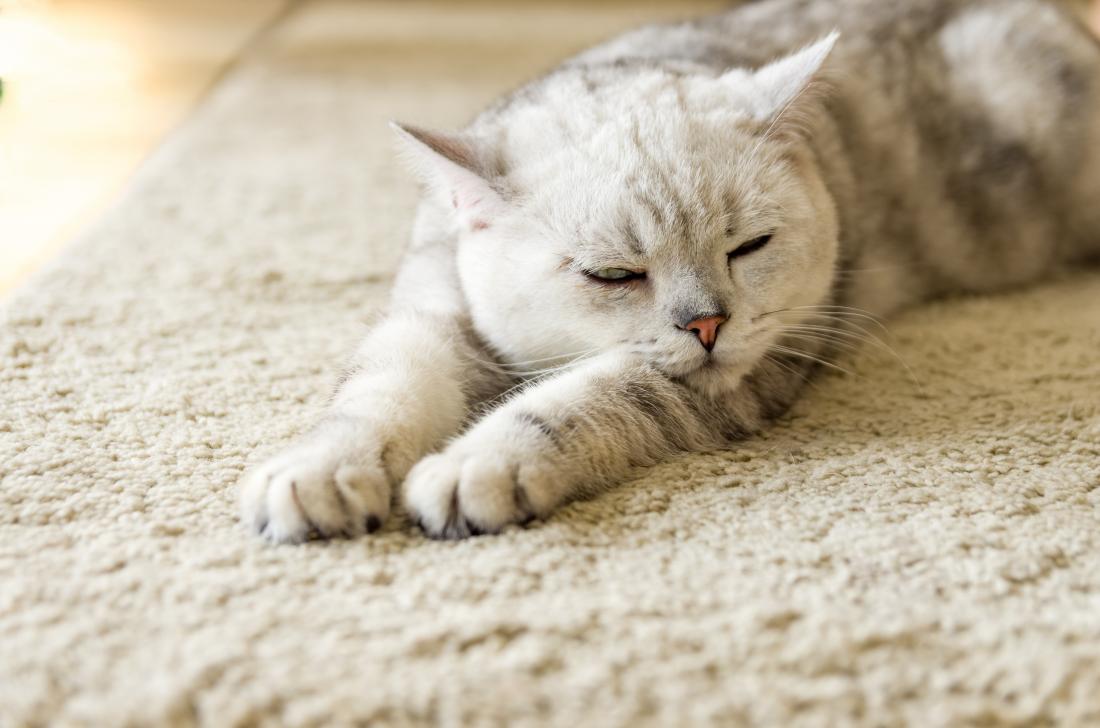Managing Cat Allergies

Cat Allergies
Pinpointing the cause of your allergies can be very difficult when you have a pet at home. Many people suffer from pet allergies with the majority of them being allergic to cat dander and hair. If you suspect you might be one of them, it’s important to see a pet allergist in Leesburg for confirmation. Many people find it difficult to admit that the cat they love is the cause of their health issues. If you’re one of them, here are a few tips on how to manage cat allergies without compromising your health.
Limit Exposure
Your bedroom is your castle, and a castle must be defended at all costs. Keeping the cat out of your bedroom will create an allergen-free zone, allowing you to sleep comfortably. If you sleep for seven to eight hours, then the bedroom is where you spend most of your time, and it needs to be clean. Set up a portable filter to keep allergies down. Use the filter in your HVAC system, ensuring you change it often. Consider spreading a cheesecloth over the bedroom vents so that when air blows from other parts of the house, the allergens will be blocked.
If you’re decorating, avoid fabric such as rugs, cloth-covered furniture, and curtains, as they trap dander from the cat. Limiting fabric reduces the chance of trapping dander. Use hardwood floors, washable blinds, and leather couches, but if you must have fabric on your furniture, choose cotton. Clean the house as often as possible using a vacuum cleaner or a microfiber cloth to pick up dust. Bathe and groom the cat at least once a week to reduce dander.
Transitioning to Outdoor Living
Consider transitioning the cat to outdoor living. This is a significant change that could put the cat at risk of injury, illness or death, thus choose it as a last resort. Discuss it with the cat’s veterinarian first in order to find out the type of vaccinations the cat will need to stay healthy. Generally, cats that live outside have a shorter life expectancy than their counterparts due to the numerous risks that outdoor living poses. Wild animals could attack them, or they could run into dangerous toxins, or get hit by cars. They are also much more likely to get fleas, intestinal worms, ear mites, and other parasites.
Minimizing Allergic Reactions
Once you’re done taking care of the cat, take further steps to minimize risk. Wash your hands every time you touch your cat, trying not to touch any other parts of the body. Use a saltwater rinse if you prefer not to take medication. Flush your sinuses with salt water using a prepared nasal spray with saline water to help rinse out the allergens.
Take antihistamines on a daily basis to help reduce symptoms. Examples of antihistamine drugs include cetirizine, fexofenadine, and loratadine, among others. The drugs are available over-the-counter. If your allergies are particularly bad, consult your doctor for prescription antihistamine. You can add a decongestant such as phenylephrine to the mix on one of your worst days or consider using steroids to help reduce inflammation.
If the allergies are severe, you may start wheezing and experiencing other asthma symptoms. In such cases, ask about asthma medications such as inhalers, and injections, which are only available by prescription. Lastly, consider getting allergy shots. These are regular injections that one takes in small doses to help desensitize allergies. They can be quite expensive and are commonly used as a last resort.